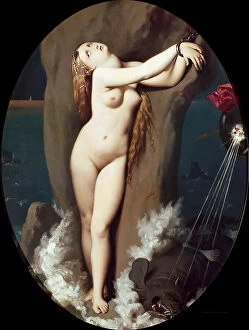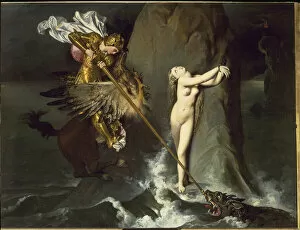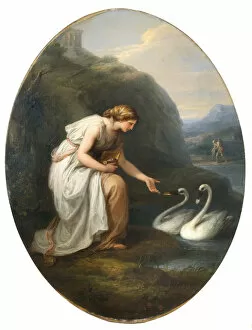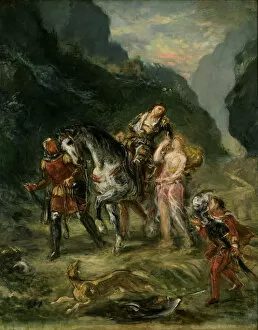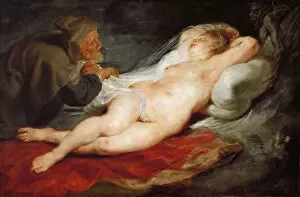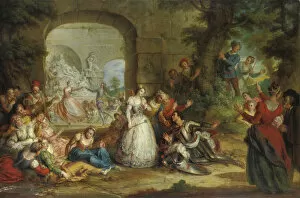Ariost Collection
Ariost was a legendary Italian poet and playwright who is best known for his epic poem "Orlando Furioso
All Professionally Made to Order for Quick Shipping
Ariost was a legendary Italian poet and playwright who is best known for his epic poem "Orlando Furioso." Born in 1474, Ariost's work blended elements of chivalric romance with satire and political commentary. His writing style was characterized by its wit, humor, and vivid imagery. "Orlando Furioso" tells the story of the knight Orlando and his quest to win the love of Angelica. The poem is filled with fantastical creatures, magical adventures, and complex characters that reflect the tumultuous political climate of Renaissance Italy. Ariost's work has had a lasting impact on literature, inspiring countless adaptations and interpretations over the centuries. His innovative use of language and narrative structure continues to captivate readers today. Despite facing criticism from some contemporary scholars for his irreverent approach to traditional themes, Ariost remains one of Italy's most celebrated literary figures. His legacy lives on through his timeless works that continue to enchant audiences around the world.

